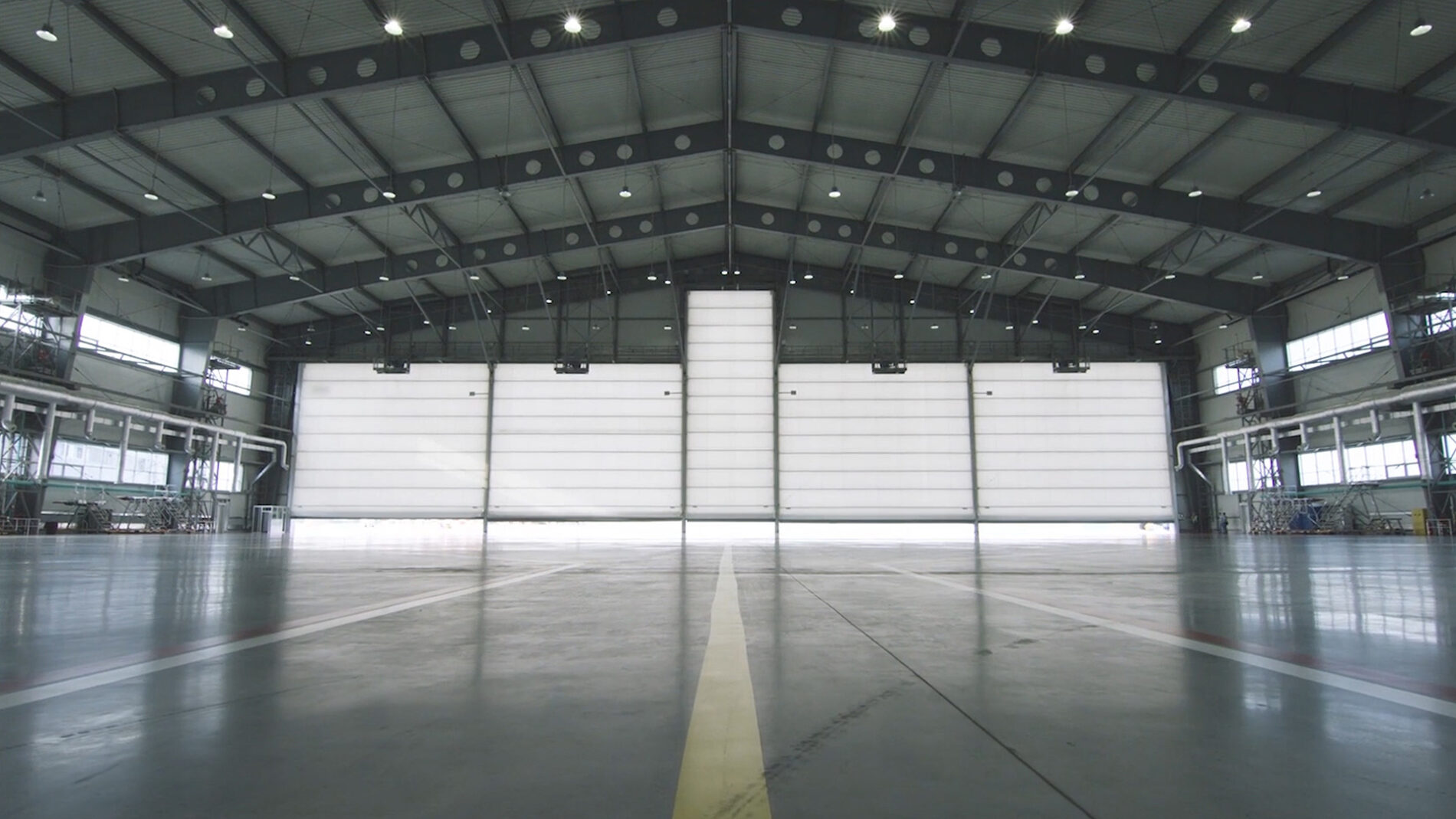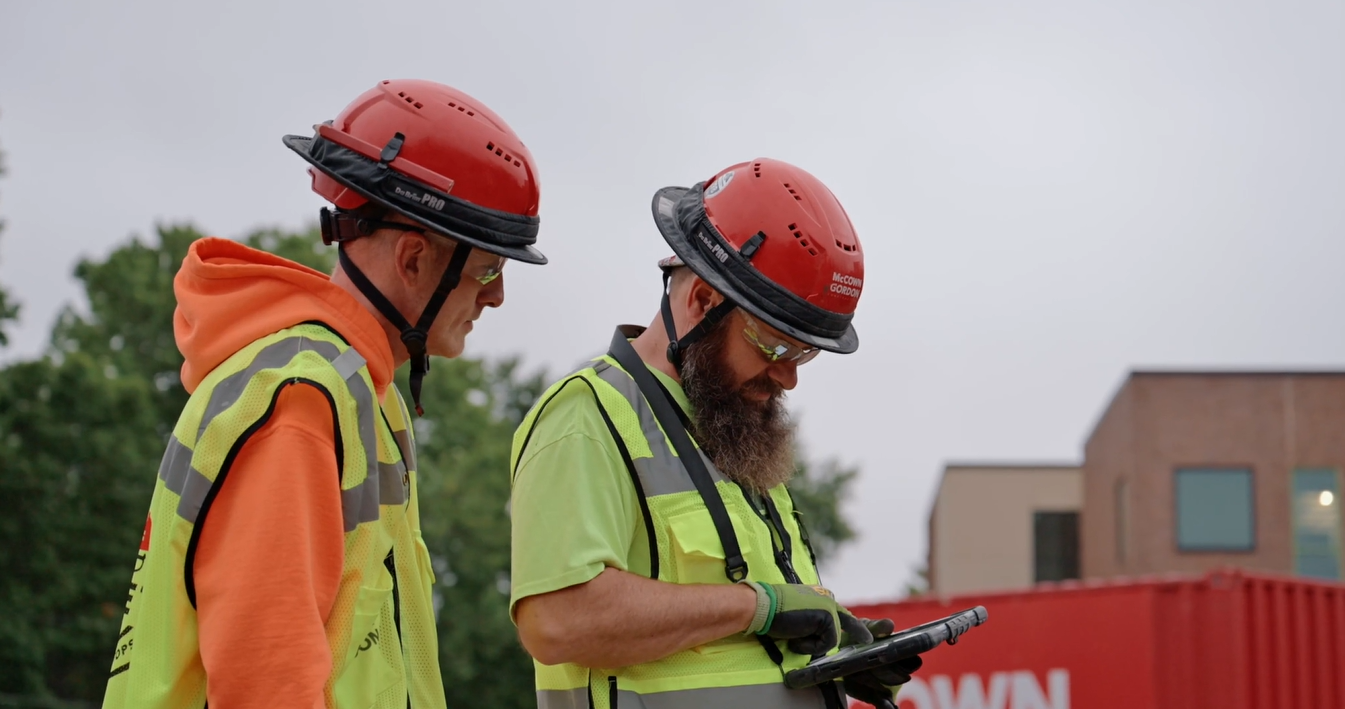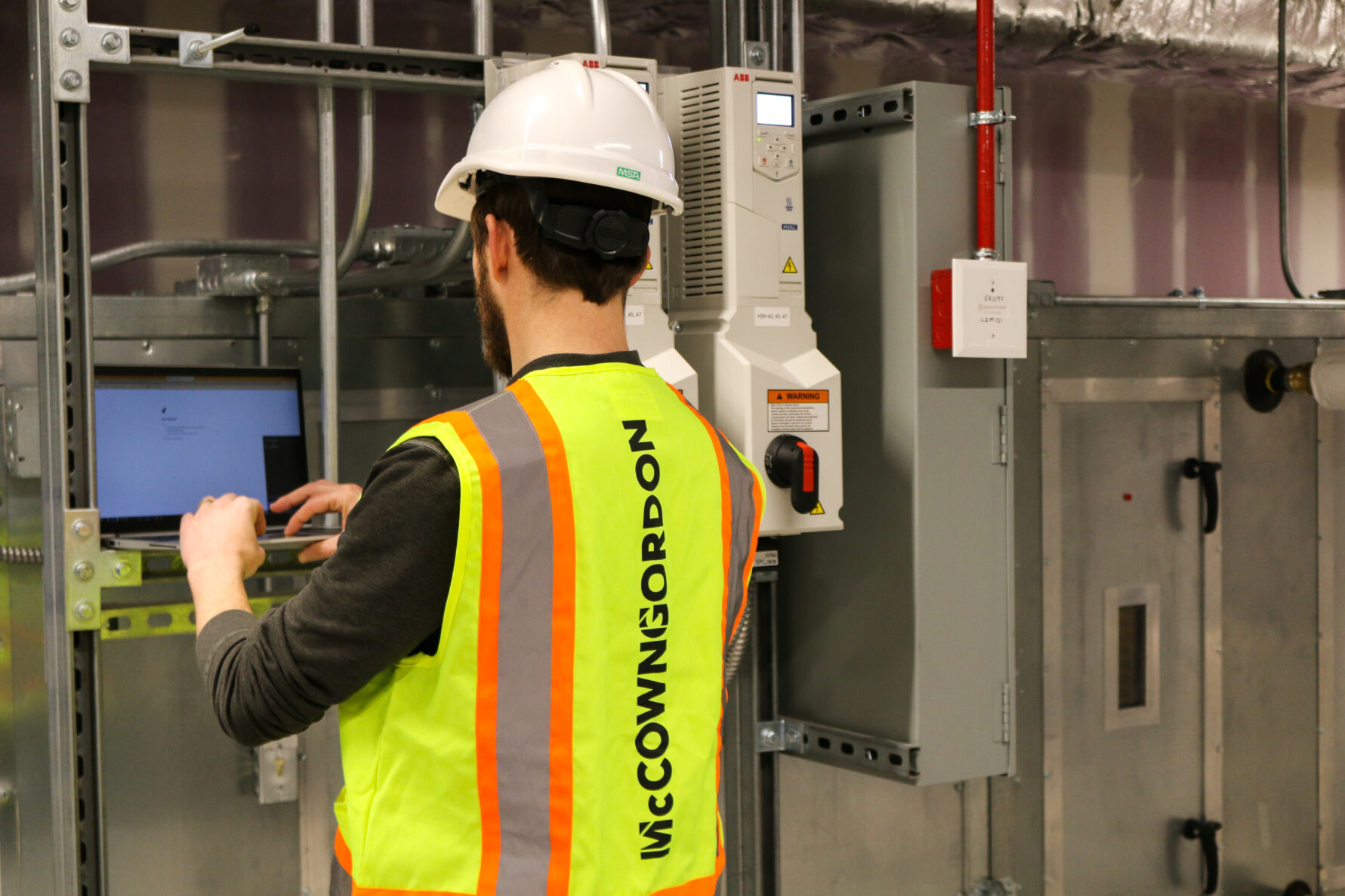Recapping MRO Americas: The Future of Aviation Maintenance

Attending MRO Americas 2025 in Atlanta offered a look into the momentum in the aviation maintenance, repair, and overhaul (MRO) sector. With over 17,000 attendees and 1,000+ exhibitors, the scale and energy at this year’s event emphasized how vital MRO is to the broader aerospace industry.
Conversations throughout the event revealed clear trends shaping the future of aviation services, from facility expansions and workforce development to technology integration and regional growth strategies.
Here are the key takeaways:
Workforce Gaps are Real
It seemed like every panel had a conversation that circled back to talent. Companies are building partnerships with technical schools, creating apprenticeships, and doing everything they can to build their pipelines. But what struck me most were the economic development conversations; everyone is thinking about workforce. Communities that take workforce development seriously, investing in training, attracting people, and aligning with industry needs will be the ones that win in the economic development race.
Facilities Need to be More Than Just Space
It’s not just about square footage anymore. MRO operators are asking for flexibility, scalability, and facilities that are ready for tech integration. Energy efficiency, connectivity, proximity to labor and logistics; all of that is shaping how companies are thinking about where to grow next and how to do it. With the expectations around facility performance rising there is an opportunity to reimagine what “growth-ready” really means.
Tech is BIG
We’re not talking about future-state anymore, it’s here. AI, drones, and digital twins are already in use, helping MROs reduce inspection time, increase safety, and capture real-time performance data. That changes the way we think about facility planning, it’s not just about housing equipment anymore, it’s about supporting the infrastructure behind the tech, developing spaces that are user friendly both for the operations, IT, and facility maintenance teams.
The Great Plains are READY
One of the clearest takeaways from the event was how much focus there is on our region.
· Kansas continues to solidify its role as the Air Capital of the World, with Wichita’s MRO and manufacturing capacity gaining strong attention.
· Oklahoma has been positioning itself as the MRO Capital of the World, highlighting its deep aerospace ecosystem and both commercial and defense. Oklahoma had an impressive turnout of companies and attendees.
· Texas came in strong as a rapidly growing hub for both military and commercial support, with multiple companies hinting at upcoming expansion plans which echoes their economic growth in almost all other sectors.
Together, the area often referred to “aerospace” corridor stands out. Many of our conversations centered on site selection, workforce readiness, and speed to market. Three things that can make or break a project and drive economic growth.
Final Thought
The MRO industry is evolving fast. For those of us working in facility development, business growth, or regional partnerships, the opportunities are here. The Kansas, Oklahoma, and Texas aerospace corridor is well-positioned. The key will be moving fast, staying aligned, and helping solve the workforce and infrastructure gaps to meet the industry needs.




